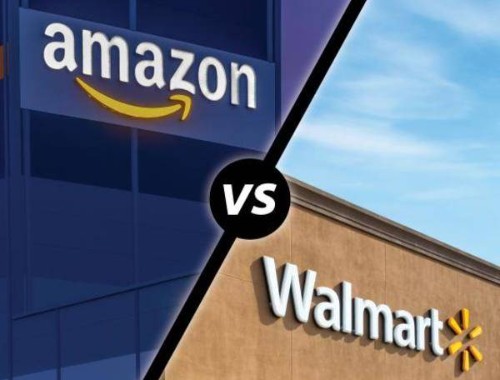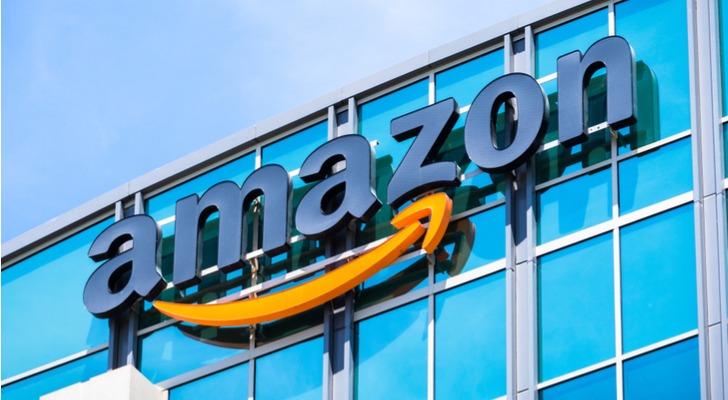
Just before the stores open in Tokyo’s Akihabara electronics district, buses pull up, unleashing Chinese tourists and their credit cards to snap up televisions, rice cookers and other gadgets. Walk into any department store and there they are, buying mascara, t-shirts and other merchandise.
China’s infatuation with Japanese products is now discovering a new source of satisfaction: the internet. And Amazon.co.jp is responding.
On June 30, the web retailer quietly rolled out a Chinese-language version of its shopping site in Japan, along with new, reduced shipping rates to mainland homes and businesses. It’s another example of how Amazon.com Inc., No. 4 in the 2016 Internet Retailer Asia 500, is evolving in Asia to open up new streams of revenue and make up for the lack of a bigger presence in China, where Alibaba Group Holding Ltd. dominates. Underscoring that potential, e-commerce demand from China to Japan is projected to almost triple to 2.34 trillion yen ($22.5 billion) in 2019, according to Japan’s Ministry of Economy, Trade and Industry.
“The opportunity is huge,” said Jasper Cheung, president of Amazon Japan. “We have already increased the selection that we can export by the millions over the last several weeks.”
Chinese shoppers are looking for authentic Made-in-Japan products, spooked by tainted baby milk and fake merchandise proffered on web stores in China. While that’s helping to drive an influx of shoppers to Japan -- 3.08 million Chinese tourists have visited the archipelago so far this year, up 41% -- it’s also boosting demand for Amazon.co.jp, Wandou and other web outlets featuring Japanese goods.
Rakuten Inc., the Japanese online store, also lets people shop for stuff from Japan in Chinese, as well as in Korean and English. Amazon’s Japan website has been available in English for years.
The new iteration of Amazon Japan’s shopping portal, in simplified Chinese, offers millions of products with more coming, the company said. Consumers in Asia’s biggest economy are demanding access to authentic brands and quality, from clothing and cosmetics to baby products and health goods. That’s why Costco Wholesale Corp. (No. 8 in the Internet Retailer 2016 Top 500 Guide) has a shop on Alibaba’s Tmall.com, while Macy’s Inc. (No. 237 in the 2016 Asia 500) and other U.S. retailers are tapping into China’s dominant online-payments system by accepting Alipay on their sites.
“Things in Japan are well made and high quality, and the packages are cute,” said Qian Jing, 31, an employee of an entertainment company in Wuhan who has bought comic books, Pilot pens and tea from Amazon Japan.
Most shipping rates to China from Japan are 500 to 600 yen, about a third less than it costs to transport similar items to Australia, according to the website. Regular delivery takes 2 to 18 days. Before hitting the purchase button, Chinese shoppers can see a breakdown of the shipping, handling and customs costs, and pay in yuan.
“We used to have only one option for shipping to China, and we added a lower shipping cost to China as well,” Cheung said.
Amazon debuted in Japan in 2000 as the company’s first website in Asia, and now offers Prime members in the country video, same-day shipping and other add-on services for an annual fee. While the Seattle-based company doesn’t break out sales in Japan, international revenue made up 33% of the total last year. A key priority for Amazon in the region now is India, where the company recently introduced its Prime program and is going up against homegrown web retailer Flipkart Ltd., No. 76 in the 2016 Asia 500.
Amazon also operates an online store in China, featuring local products, and even opened a shop on Tmall.com last year to reach more Chinese shoppers.
“The Chinese version of the website makes shopping much easier,” Qian said. “It was hard for people who don’t understand Japanese.”
In Internet Retailer’s newly released “Online Marketplaces: The shopping mall of the future” report, you can read more about how merchants are growing on marketplaces, which ones they’re selling on, key details of some of the largest marketplaces in the U.S. and what they’re doing to keep up with Amazon.
(Source: Bloombegr News)



























 沪公网安备31010402003309号
沪公网安备31010402003309号